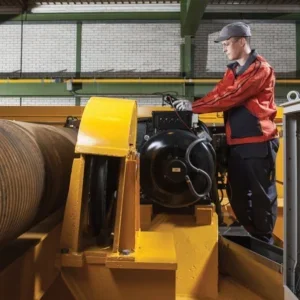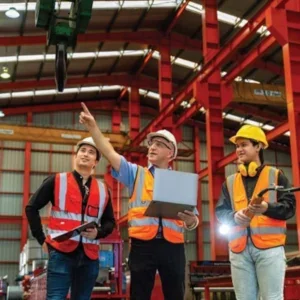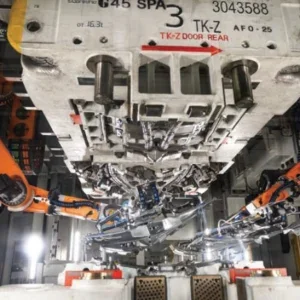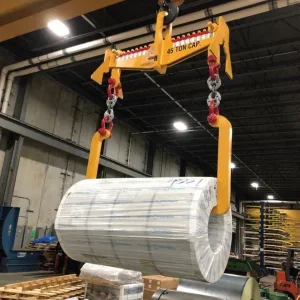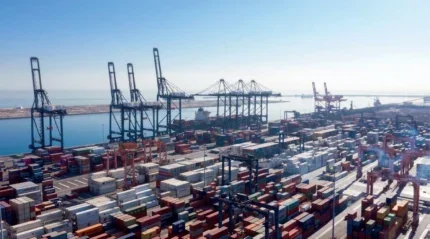
Part of Asyad Group, Asyad Ports launched the container terminal in collaboration with the Port of Duqm and the Special Economic Zone at Duqm to offer more integrated logistics solutions and to respond to trends in global trade and handling. This announcement is part of a broader goal for Asyad Ports to increase the competitiveness of its services and the throughput of its ports.
Located at Duqm port on Oman’s South-East coast, the container terminal is strategically positioned to serve as a gateway for international shipping routes, offering an ideal terminal for imports, exports and transhipment overlooking global trade lanes connected to Africa, the Middle East, and the Indian subcontinent.
“The new container terminal at Duqm Port advances vital supply chain solutions for Oman and the global shipping sector,” said Ahmed Al Abri, Chief Executive Officer, Asyad Ports.
“This project is a reflection of our expertise, technical capabilities and strong confidence granted to us from our global customers to operate commercial ports and terminals, facilitating crucial growth strategies for the world.”
Technically-advanced, Asyad Container Terminal is equipped with four remotely operated 65-ton twin lift STS cranes and 12 50-ton RTG cranes.
In addition to their 71-meter outreach and 18-meter backreach, the cranes are fitted with a host of fifth-generation technologies, including optic fiber data transfer systems for remote operation and smart driving systems.
The terminal also boasts a cuttingedge yard control system and an automatic landing system designed to improve overall handling and productivity. With a quay length of over 1,000 meters, and a yard storage capacity of 26,000 TEU and over 600 reefer containers, the terminal also consists of three berths capable of berthing and handling three ships at a time.
The container terminal will boost fast shipping routes to major global markets by leveraging the integrated logistics solutions, supported by an interconnected network of Oman’s worldclass seaports.
Its facilities and deep-water berths can accommodate the latest generation of mega-container vessels, facilitating smoother and more cost-effective cargo movements.
With value-added services including import discharging, export loading, transhipment handling, and container stuffing/unstuffing enhancing connectivity and reducing transit times for cargo destined for various parts of the world, the terminal is expected to attract a surge in international trade.


